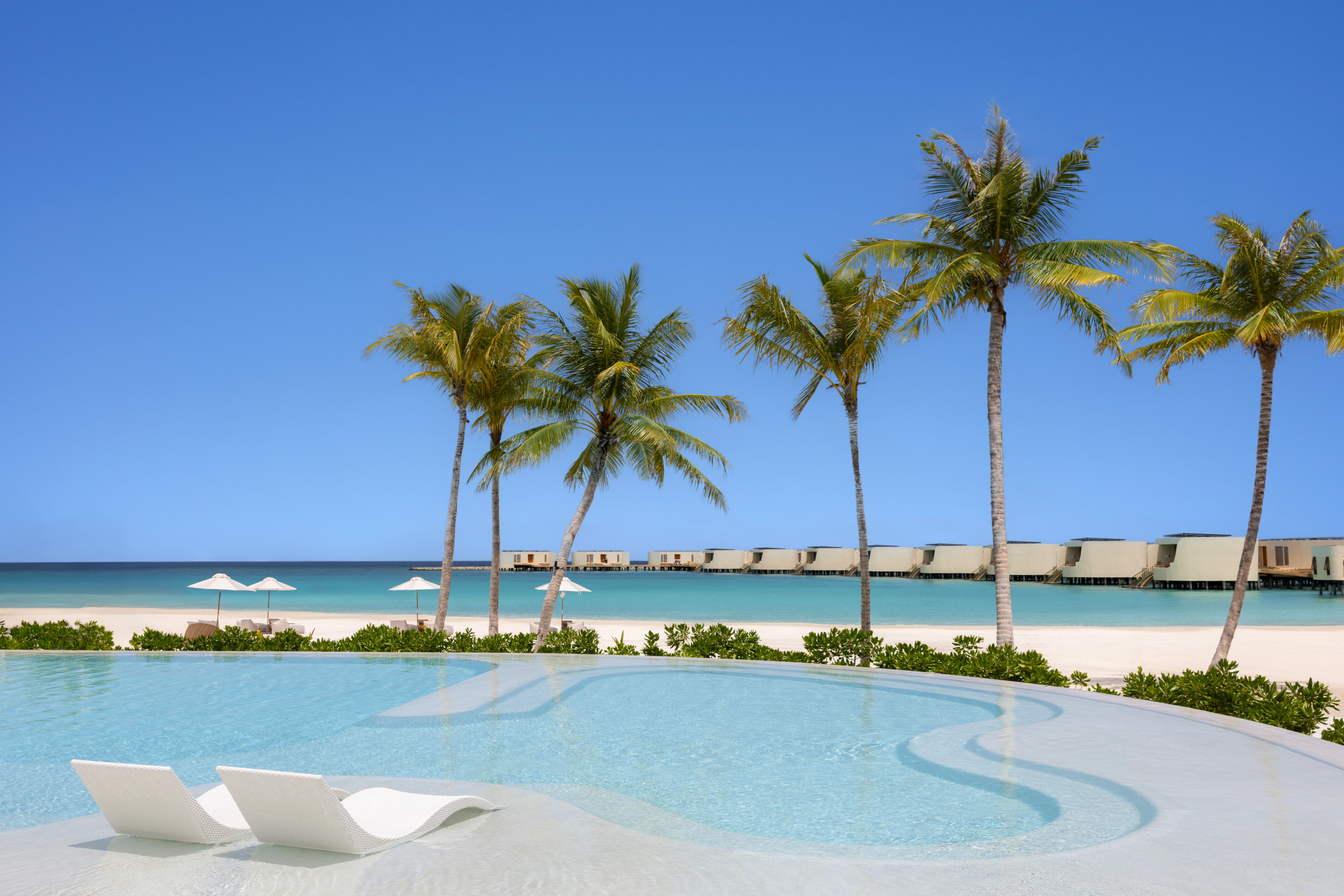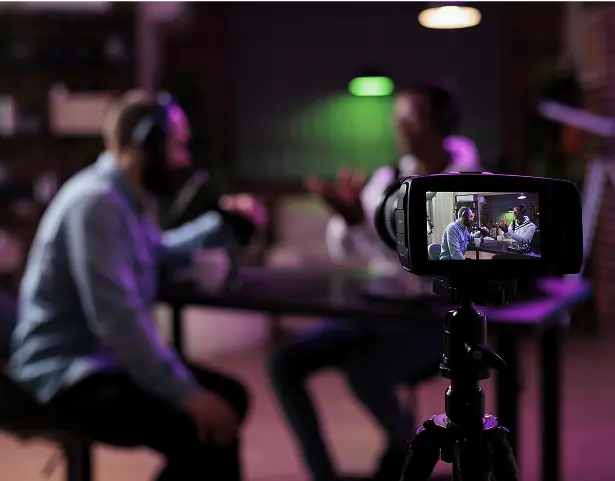
The oceans and their waters harbour many secrets: beautiful, awesome, dangerous yet appealing. If you want to decode these wonders underneath the waves you need to dive in. The adrenalin pumps as adventures beckon towards the wonders of the seas...
However, we do not want to drain the Oceans, we seek the sustainable way forward to preserve life! So how do you maintain this balance of exploring, growing, travelling yet conserving. Let us find out what the experts from PADI (Professional Association of Diving Instructors) have to share….

Alex Rendell
PADI AmbassaDiver: Alex Rendell (Thailand)
Helping students further conservation and sustainability by becoming environmental advocates
In my work with the Environmental Education Centre (EEC) in Thailand, which I co‑founded in 2015, we run hands‑on camps teaching marine science, fish identification, snorkeling, and scuba diving—not only to ignite kids’ love for the ocean, but to nurture the next generation of environmental advocates. We’ve hosted over 170 camps and reached more than 10,000 students nationwide. My simple mantra: ‘I educate to conserve.'
Pros and cons of diving
“Diving is transformative—it opens access to the wonders of the marine world and fosters deep connection with nature. The experience can make you a powerful advocate for our oceans. On the flip side, diving does carry responsibility: environmental conditions vary, skill and safety are vital, and it requires awareness to minimize impact on delicate ecosystems. As educators, we emphasize both the thrill and the stewardship side of diving.”

Roberto Ochoa
PADI AmbassaDiver: Roberto Ochoa (Ecuador)
Beauty of diving in the Galapagos Islands
Diving in the Galápagos is like entering a living natural history textbook—home to extraordinary biodiversity and stunning marine life, from endemic species to sharks, rays, and vibrant ecosystems. During a July expedition, we filmed freediving and marine encounters in the newly declared shark and ray sanctuary near Darwin and Wolf Islands, capturing the breathtaking beauty and wonder of the region.
Marine conservation, a central part of the work they do
As a marine wildlife videographer and PADI Divemaster, my mission is to use visual storytelling to spark conservation. I’ve collaborated with National Geographic’s Pristine Seas project to document and advocate for the Galápagos marine park. My work helped push for protective legislation for sharks and rays, and I continue to focus on preserving these fragile ecosystems through media, outreach, and conservation partnerships.

Hiroshi “Kuma” Sato
PADI AmbassaDiver: Hiroshi “Kuma” Sato (Japan)
Seagrass bed restoration, seafloor cleanups, and marine habitat protection
After the Great East Japan Earthquake and tsunami in 2011, I founded Sanriku Volunteer Divers. Our work began with underwater debris removal, expanded to seagrass bed restoration, seabed clean‑ups, and now includes seaweed farming to help rejuvenate the marine habitat. Through dedication and continuity—embodied in the Japanese saying ‘constant dripping wears away the stone’—we rebuild ecosystems and train divers to become advocates for long‑term ocean health.

Tourism for habitat protection
Tourists can support these efforts by participating in volunteer dive programs that include cleanup dives or restoration activities. Even simply visiting responsibly, supporting local conservation initiatives, and sharing awareness helps. Every small contribution—whether hands‑on restoration or respectful ecotourism—adds up when done continuously and conscientiously.

Siraj Ahmed
PADI AmbassaDiver: Siraj Ahmed (Maldives)
Shark tourism can be both thrilling and sustainable
Sharks are vital to marine ecosystems—not enemies, but top-level guardians of ocean health. I’ve spent my career diving across the Maldives, building an NGO (MER), running PADI 5-Star dive centers, and using underwater photography to show their beauty. With proper guidelines—respectful distances, no baiting, and education—shark tourism can be both thrilling and sustainable, supporting conservation while helping local communities value and protect shark populations.

Edgardo Ochoa
PADI AmbassaDiver: Edgardo Ochoa (Mexico)
Precautions for tourists while planning dive tours
As a PADI Professional and seasoned scientific diver, I recommend that tourists only book with reputable dive centers, especially those emphasizing safety and environmental stewardship. Verify instructor credentials, ensure proper training levels match the dive conditions, follow safety protocols—including briefings, buddy systems, and gear checks—and respect local ecosystems by avoiding contact or disruption of marine wildlife.
Best dive training schools globally
Some of the world’s leading dive training centers are affiliated with PADI, especially those integrating scientific diving and conservation principles. In Mexico, I founded the first scientific diving program at CICIMAR‑IPN in La Paz, and later served as Dive Safety Officer at the Smithsonian and Conservation International—all settings where rigorous training merges with conservation science.
5-step safety routine all divers should follow
Every dive should follow these five essential steps:
- Plan your dive—know the conditions, depth limits, and emergency procedures.
- Check your gear thoroughly—including air supply, buoyancy device, weights, and regulators.
- Buddy check—confirm communication signals and emergency protocols.
- Descend and ascend slowly—to avoid decompression issues and respect reef life.
- Monitor throughout—keep track of air, depth, time, and environment, and respond promptly to changes.




















